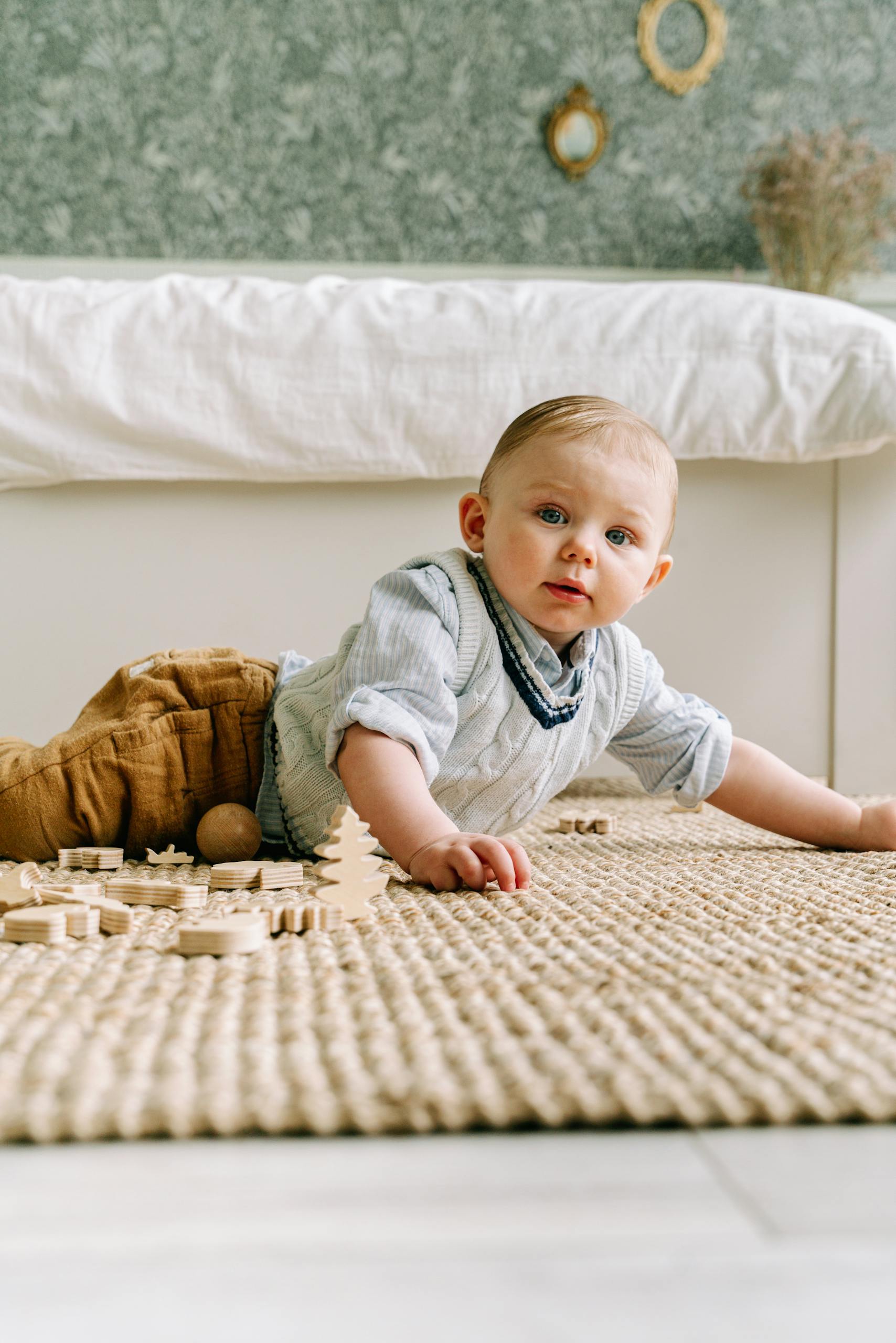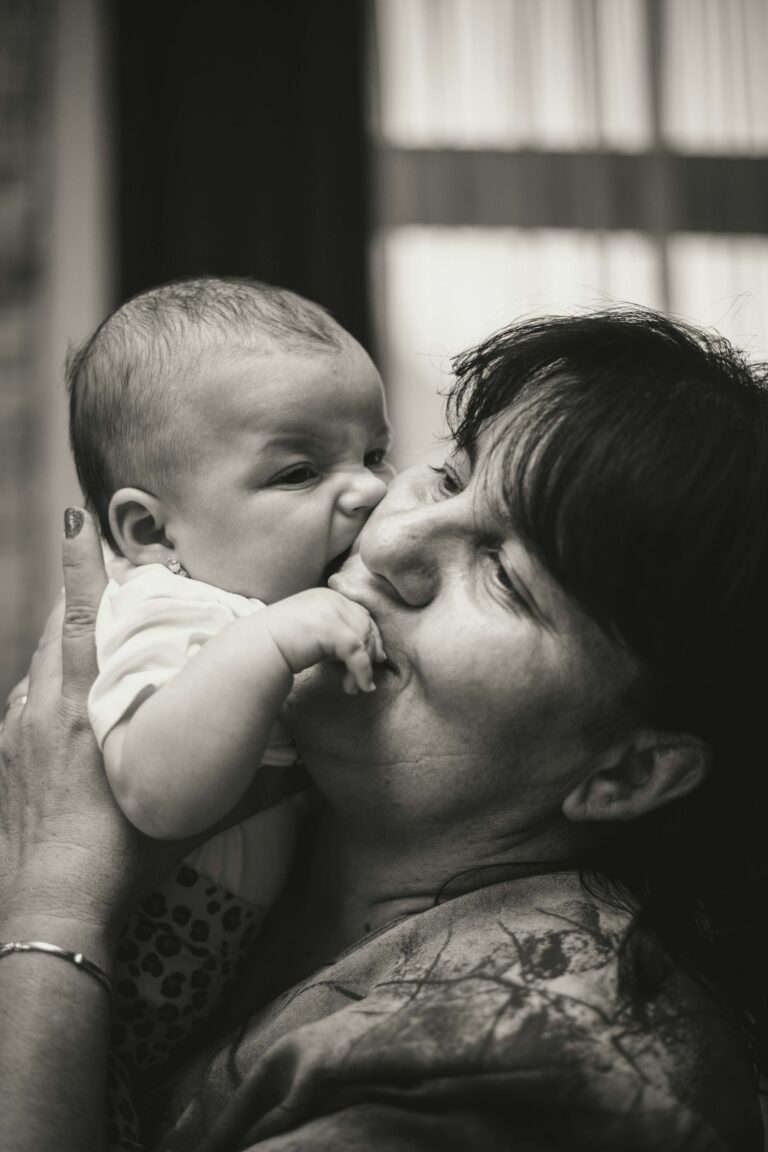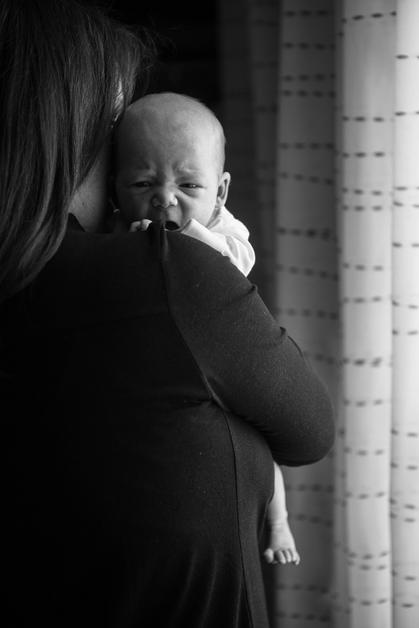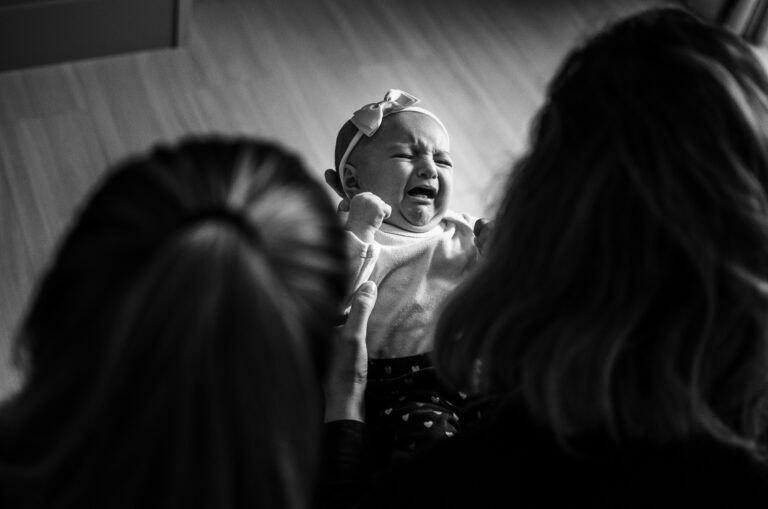Welcoming a baby’s first movements can be a moment of wonder and anxiety all at once—how soon is too soon, and when should the concern start if your little one prefers observation over exploration? If the question “At what age do babies start crawling?” lingers in your thoughts, rest assured, you are in the company of countless parents puzzling over this childhood milestone. Slightly impatient to see those little hands and knees in action, you might scrutinise every wriggle or shuffle, seeking meaning in each twist and turn. Yet, the timeline of crawling is anything but fixed, and an individual journey awaits every child, full of surprises and unique detours. What signals readiness? Does skipping crawling hint at anything? How do the daily environment, early activities, or medical nuances shape this skill? The answers, blending medical insight and practical advice, help to decode the cues and nurture your child’s next leap in mobility.
At what age do babies start crawling: understanding the window
You may find yourself asking, sometimes repeatedly, at what age do babies start crawling? While most will land between 7 and 10 months, developmental rhythm swings both earlier and later—6 months for the especially enthusiastic, and up to 12 months for those on their own path. Medical research reflects this astonishing variety: infants might begin with a rocking motion, move into a commando-style shuffle, or even devise their own method, such as “bear crawl” or “bottom scoot”—each approach satisfying their urge to explore. For some, especially those born premature, adjustments based on expected due date are essential, gently recalibrating the timeline so milestones align with individual growth.
This window is not rigid. Numerous babies bypass crawling altogether, opting instead to sit, swivel and—seemingly overnight—pull up and walk. Such detours are well within the realm of typical development. Pediatricians and physiotherapists emphasise: variation in timing is expected and seldom a red flag unless paired with symptoms concerning for overall motor delay. Does the worry persist? Paediatric check-ups are the best ally—routine assessments can help clarify whether your child’s journey simply follows a less-travelled road.
Milestones: pre-crawling signs and notable styles
The journey to crawling rarely begins on a random afternoon. Instead, a sequence unfolds: the earliest signs are small yet significant. Around 6 to 9 months, you may observe a crescendo of “pre-crawling” moves:
- Lifting head and chest confidently while on tummy
- Pushing up on arms, then starting to gather knees underneath
- Rocking back and forth, as if building momentum for that first launch
- Skillful rolling—front to back and reverse
- Reaching or grabbing toys placed tantalizingly out of immediate range
Does your baby spend extra time on the tummy, scanning toys crowding the playmat, or trying to pivot playfully? These, too, are quiet signals of readiness.
When momentum builds, the appearance of crawling may surprise you: not all babies adopt the classic hands-and-knees crawl. Some display the commando crawl, dragging the body forward with strength in their arms, while others invent the crab crawl, sideways and utterly original. The bear crawl (on hands and feet, with legs straightened), bum shuffle, rolling crawl, and occasional backward crawl speak to the creative, flexible nature of human motor development. Each style uses a blend of muscular strength, balance, and coordination—blood, bones, and brains working in a symphony unique for every child. As a parent, celebrating these irregular milestones is just as important as noting the textbook ones.
The physiological canvas: how crawling supports baby’s development
To ask at what age do babies start crawling is also to wonder, perhaps unconsciously, about its significance. Crawling is far more than travel across a playmat. Medical studies demonstrate that this early movement triggers muscular and brain development in tandem. Muscle tone and coordination, especially of the shoulders, hips, core, and back, are built robustly as your child propels themselves forward. Rhythmic alternation between left and right sides of the body facilitates cross-lateral movement—essential for spatial awareness and body balance.
There’s another layer. Spatial awareness, or proprioception, sharpens as a baby navigates around furniture and over small obstacles. Such experiences foster problem-solving, hand-eye coordination, and even the early groundwork for literacy skills—since cross-body movements are linked to future reading and writing ability. As for independence, nothing quite matches that first triumphant reach for a favourite toy, self-initiated and hard-earned.
Factors that influence when crawling starts
Why do some infants launch into movement with wild enthusiasm while others prefer steady observation? The question circles back to your earlier concern: at what age do babies start crawling? The answer lies in a complex braid of influences:
- Muscular development and tone: Regular tummy time from birth is not just a “parenting tip”—it has direct impact, stimulating shoulder, arm, trunk and leg muscles required for crawling.
- Motivation and curiosity: Babies who are enticed by colourful, reachable toys or an older sibling tumbling nearby may summon the motivation sooner.
- Environment and safety: Soft, non-slippery surfaces such as carpets or padded mats support safe exploration. Crowded, cluttered spaces or slippery tiles can hinder even determined crawlers.
- Clothing: Tight, stiff or restrictive clothing can hamper free movement, while soft, breathable fabrics, especially those that allow feet to grip the floor, make a notable difference.
- Genetic and individual variation: Family history and individual temperament play important roles—there may be patterns unique to your family.
- Prematurity or underlying medical conditions: Babies born before term, or those with conditions affecting tone or coordination, may have a different timeline, ideally guided by paediatric advice and regular assessment.
Creating an environment that fosters crawling
Enthusiastic though some babies may be, not all developmental leaps occur unassisted. To encourage and enhance crawling, several strategies have proven beneficial—each backed by observations from early childhood specialists:
- Prioritise daily tummy time starting at birth, gradually extending the duration as your baby becomes more comfortable.
- Place toys or interesting objects just out of reach—the gentle frustration leads to determination, a key step in motor milestones.
- Offer a firm, padded surface, such as a playmat, so the baby can push off and grip safely.
- Remove hazards diligently—keep the floor free of small objects, cords, sharp-edged furniture, and use baby-proofing solutions to block stairs and any risky zones.
- Dress for movement: leave feet bare on safe surfaces, or use soft, fitted onesies that do not impede mobility.
- Offer emotional encouragement—join the play on the floor, mirror crawling behaviour, clap and smile whenever your child attempts movement.
What if, despite every encouragement, mobility doesn’t follow the predicted script? Often, patience is the missing ingredient. Developmental timelines are guides, not laws, and the path from stillness to motion is rarely a straight line.
When is it time to seek advice?
Your paediatrician is the most reliable partner for tracking progress. Yet, there are clear signals that prompt a check-up:
- By 9–12 months, an absence of any self-initiated movement (no rolling, crawling, pulling to stand) calls for professional evaluation.
- Noticeable preference for one side of the body or difficulty in weight-bearing should be mentioned during well-baby visits.
- Lack of response to toys or the environment—a disinterest that persists beyond the usual variations in temperament.
- Difficulty supporting weight on arms or legs, or floppiness, also merit discussion.
Routine well-child visits are designed to notice these patterns and support you with tailored interventions if needed. Most often, reassurance follows—development is non-linear, and occasional delays resolve naturally with time and opportunity for practice.
What comes after crawling? Next steps in the mobility adventure
Once crawling emerges, the cascade of changes can seem dizzying—standing, cruising, those tentative first steps. Typically, babies:
- Pull up to stand on sturdy furniture, testing their balance (often between 9 and 12 months)
- “Cruise” along surfaces, building lateral coordination and experimenting with weight transfer
- Achieve the courage to briefly stand alone before the big leap—independent steps
- Many begin walking between 9 and 15 months, with frequent falls and triumphant smiles
Each milestone serves not just the obvious goal—getting from X to Y—but builds cognitive complexity, environmental learning, and a thrilling sense of self-directed exploration.
Key Takeaways
- The milestone “At what age do babies start crawling” reveals a broad spectrum—most between 7 and 10 months, but vibrant normality reaches from 6 to 12 months and accommodates those who prefer other styles of mobility.
- Crawling bolsters muscular growth, cross-lateral brain connections, balance and a sense of autonomy.
- Individual timing is influenced by muscle tone, environment, clothing, and personal drive, with a distinct pace for each baby.
- Encourage progress with safe, supportive, clutter-free play areas, daily tummy time, and motivating toys.
- If motor skills are not emerging by 9–12 months, or signs such as one-sided movement or inability to bear weight appear, consult a healthcare provider for guidance.
- For extra support, tips, and health screening tailored to children, parents can download the application Heloa for personalised guidance and free health questionnaires.
Questions Parents Ask
What can I do if my baby doesn’t seem interested in crawling?
Are you watching your child, hoping for a new attempt at crawling, yet observing only contented sitting or rolling? Rest easy—many babies follow their own timeline. Try creating a comfortable, open space with a soft mat or blanket, adding colourful toys just out of reach to spark that little sense of adventure. Daily tummy time helps build the muscles needed for crawling. Celebrate small attempts, even if progress seems gradual. Should the lack of interest persist alongside minimal engagement with toys or surroundings, discussing your concerns with a health professional is always a good step.
Is it normal for babies to skip crawling and go straight to walking?
Yes, it’s possible for some babies to miss the crawling phase, showing instead a tendency to pull up, stand, and embark on early walking. This variation doesn’t mean there’s a problem. What matters more is visible progress in other ways of moving or exploring. Respect your child’s individual rhythm—sometimes, the path to walking simply takes a shortcut.
Can the environment or clothing affect when my baby starts crawling?
Certainly—surfaces that are firm yet gentle on delicate skin, such as play mats or carpets, make a difference. Spacious, hazard-free areas encourage curiosity. Soft, well-fitted clothing and bare feet (or non-slip socks in cooler conditions) enable babies to push and grip better. Avoid tight or slippery outfits as even these small things can make those first crawling moments easier and safer.









